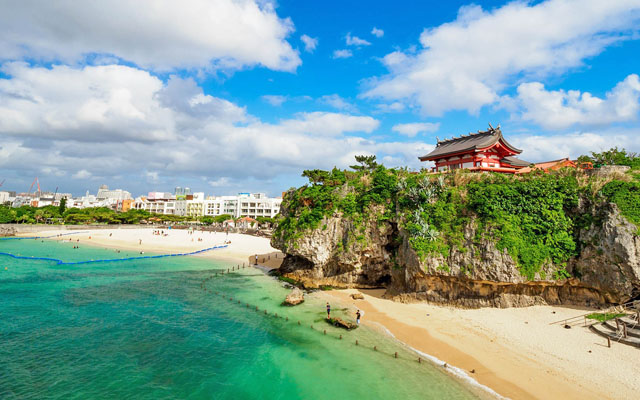Tourism players in Raja Ampat – Indonesia’s major marine destination and a UNESCO Global Geopark – are warning that destination brand image would be impacted by the abrupt closure of Wayag Islands by protesting indigenous landowners earlier this month.
The protest, triggered by the central government’s revocation of four nickel mining permits, has reignited long-standing tensions between conservation-led tourism and extractive industries operating near the region’s marine corridors.

“Wayag is not just a destination, it’s the face of Raja Ampat,” said Yulius Ricky Soeharto, chairman of the Southwest Papua chapter of the Association of the Indonesian Tours and Travel Agencies (ASITA). “When it’s shut down, the whole brand suffers.”
Nickel mining has existed in Raja Ampat for over a decade, but industry players say activity has escalated significantly in the past three years, with new sites emerging on Kawe and Batang Peleu, two key islands located along the main route to Wayag. These locations, while outside core protected zones, are highly visible along main visitor routes, turning what was once an abstract policy debate into a real and visible concern for travellers.
“What used to feel distant is now in plain sight,” said Daniel Abimanyu Carnadie, chairman of the Raja Ampat Dive Resort Association. “Guests come for pristine nature, but now they pass dredged hillsides and mining barges en route to marine parks.”
Daniel said the risk of damage to reputation is no longer abstract. “We’re fielding difficult questions from guests and trade partners alike, about where conservation fees go and what Indonesia’s priorities truly are. It’s increasingly difficult to uphold our sustainability message when the view from the boat tells a different story.”
He stressed that credibility is critical for Raja Ampat’s high-value tourism market, particularly among environmentally conscious visitors from Europe and North America.
“We can’t afford mixed messages. The damage is not only environmental, it’s integrity. And that’s far harder to repair,” he stated.
While most resorts report no cancellations to date, protected by seasonal closures and geographical distance from mining activity, concerns over long-term perception are growing.
“It’s not the reefs under threat today, it’s credibility,” said Ketut Astawa, resort manager of Raja Ampat Dive Lodge. “And once that’s lost, recovery is difficult.”
The protest also underscores local tensions. Some community leaders argue that tourism has imposed restrictions on traditional livelihoods while delivering limited economic returns, whereas mining, despite its environmental impact, promises jobs. The sudden revocation of permits, they say, has reignited frustration and disrupted investor confidence.
Responding to the situation, Widiyanti Putri Wardhana, Indonesia minister of tourism, emphasises that the safety and comfort of tourists are top priorities in the management of national destinations, including Raja Ampat.
At present, the Ministry of Tourism, Ministry of Home Affairs, security forces, and local community leaders have come together to strengthen cross-sector cooperation in maintaining the stability and safety of Raja Ampat. The Ministry of Home Affairs has provided directives to the Southwest Papua Provincial Government and the Raja Ampat Regency Government to ensure coordinated efforts in protecting tourists from potential disturbances.
“We are committed to positioning Raja Ampat as a benchmark for high-quality, conservation-based tourism,” said Widiyanti.
The government is now drafting an integrated masterplan designed to align tourism development with environmental protection and community welfare. The plan aims to ensure sustainable investment while upholding Raja Ampat’s status as a UNESCO Global Geopark.
“This requires cross-sector coordination and a long-term vision that places local communities and ecosystem resilience at its core,” Widiyanti added.

















